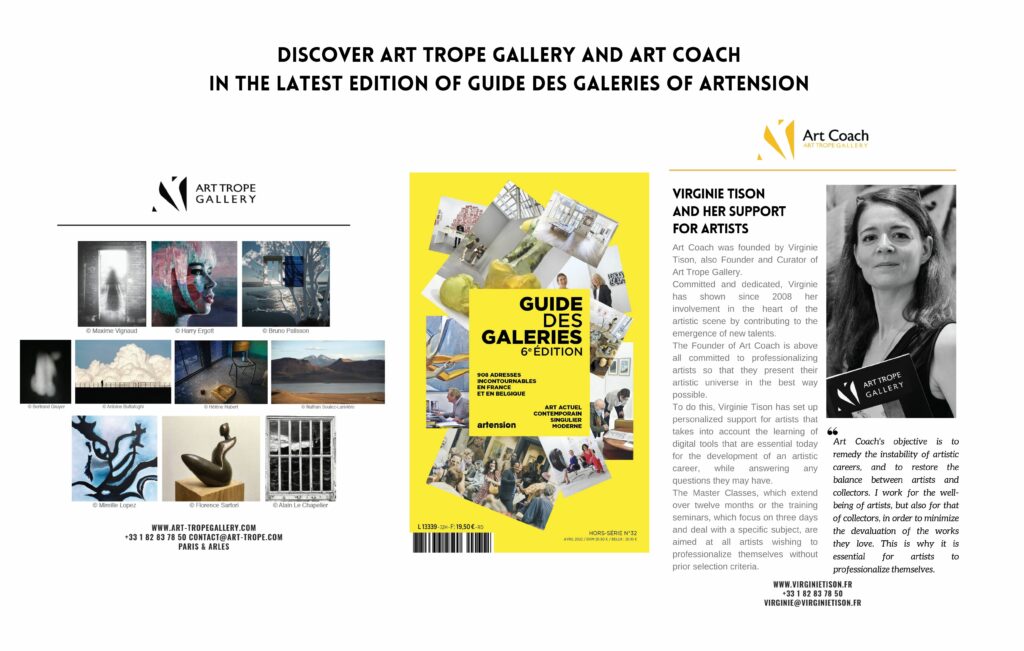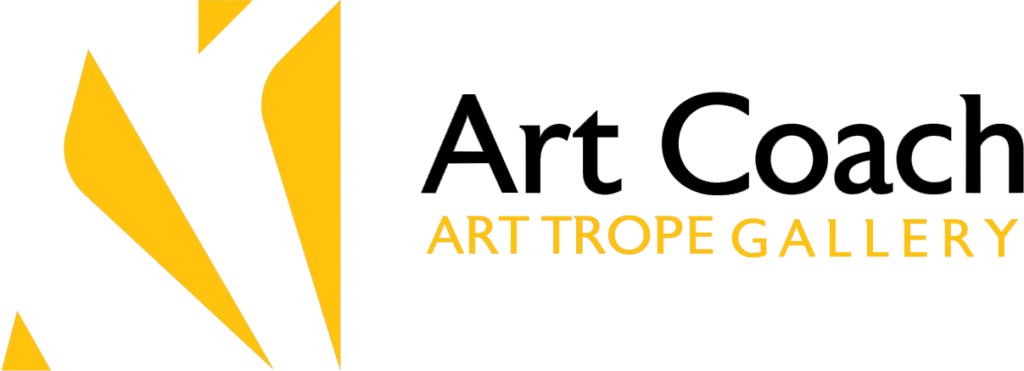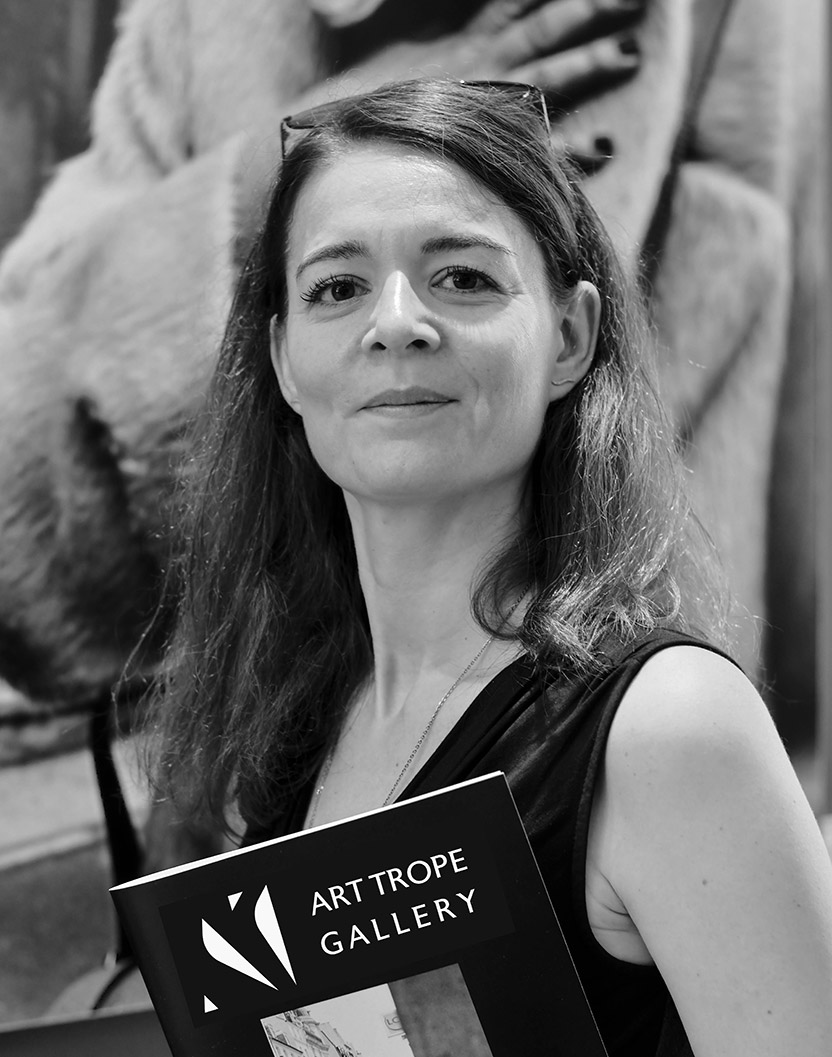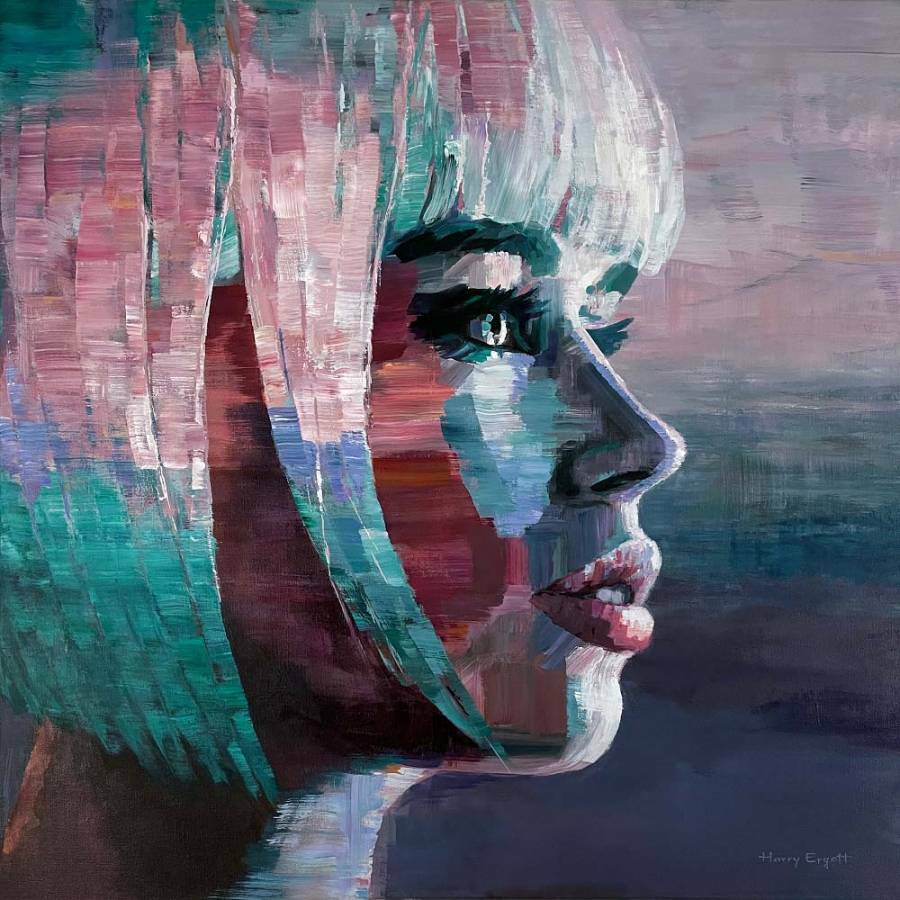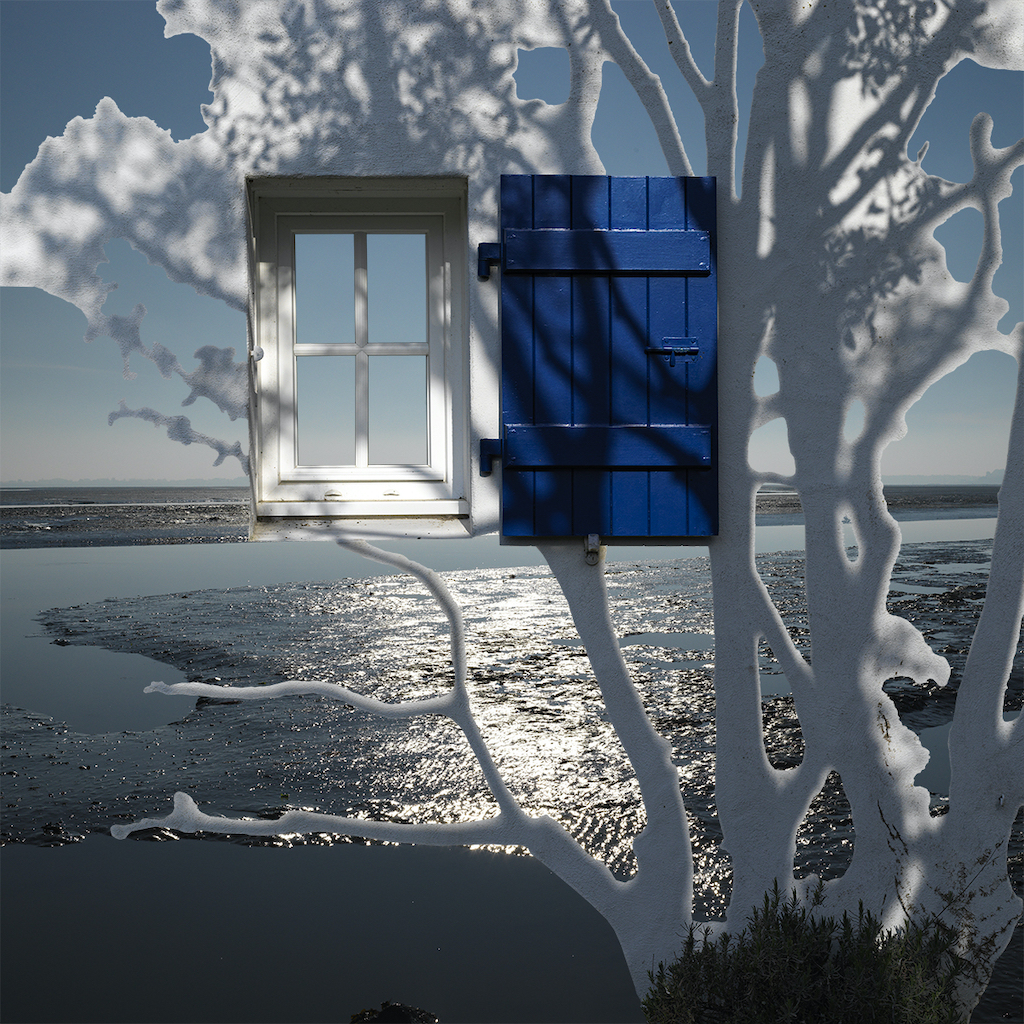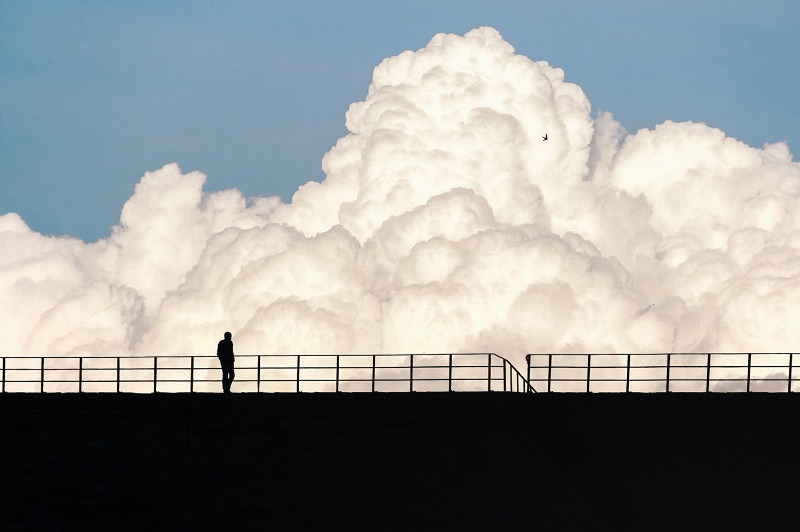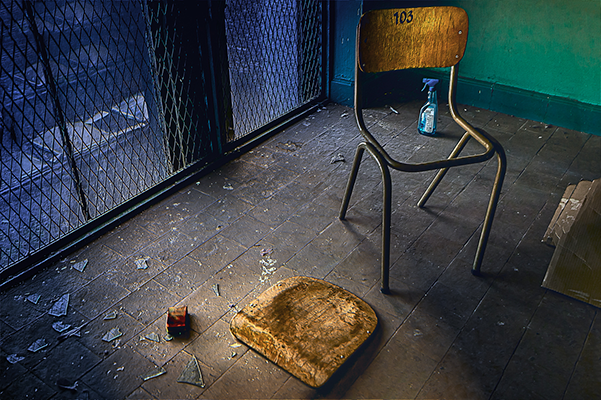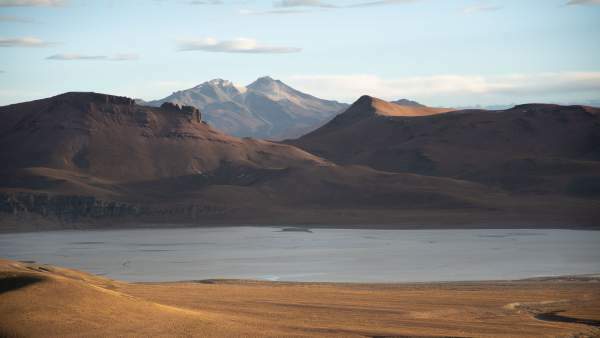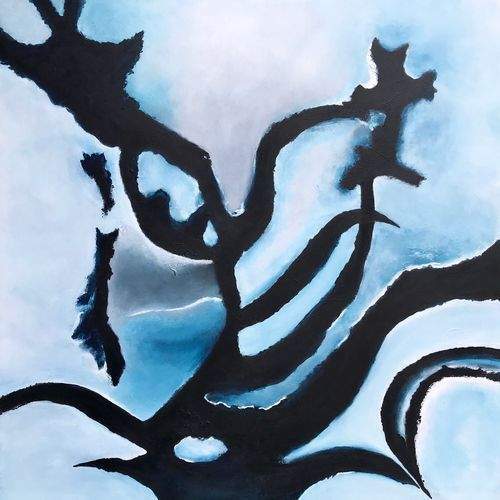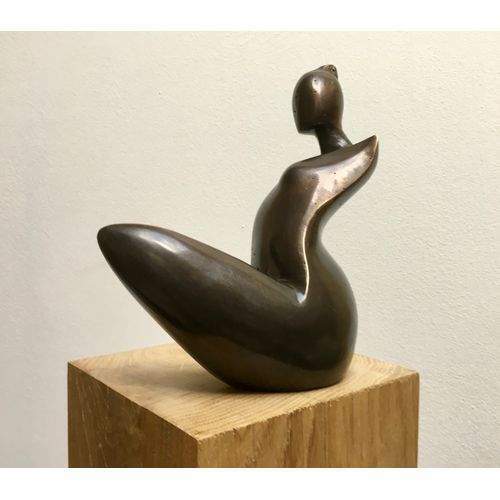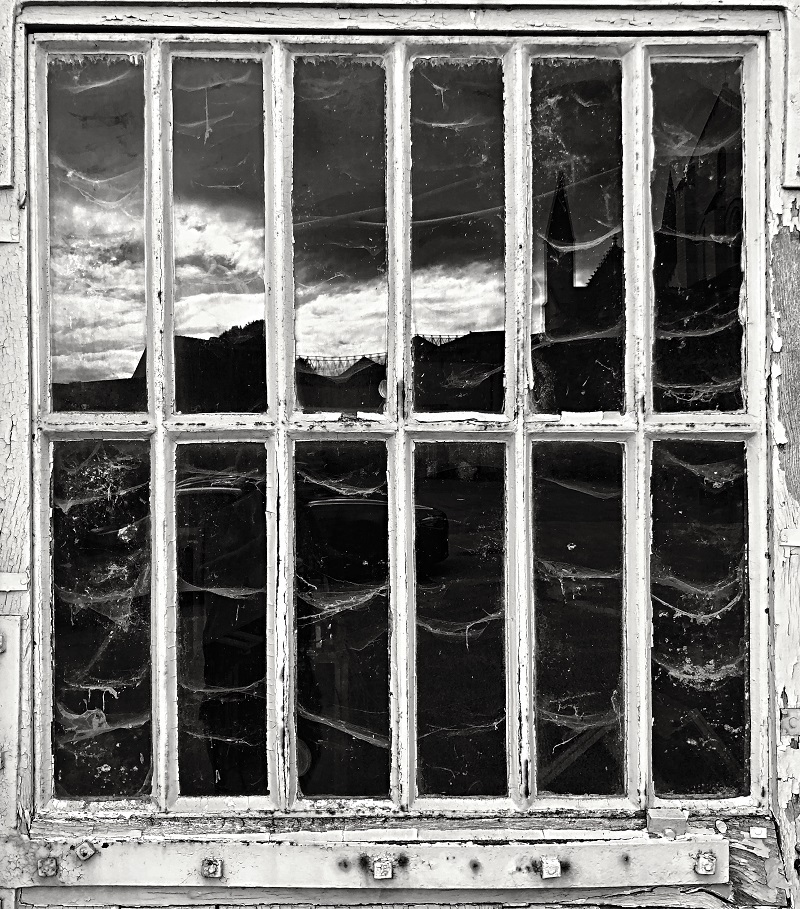DISCOVER ART TROPE GALLERY AND ART COACH IN THE LATEST ARTENSION GALLERY GUIDE
Artension magazine has included Art Trope Gallery in the 6th edition of its gallery guide among the 908 must-see venues in France and Belgium. Artension also highlighted the work of Virginie Tison in her collaboration and support of artists with Art Coach.
Virginie Tison and her support to Artists
Art Coach was created by Virginie Tison, founder and curator of Art Trope Gallery.
Dedicated and passionate, since 2008 Virginie shows her deep commitment to the artistic scene by helping new talents to emerge. The founder of Art Coach is primarily committed to professionalizing artists so they can best present their artistic universe.
To achieve this, Virginie Tison has created a personalized support program for artists, including the use of digital tools essential for developing an artistic career today, while addressing any concerns they may have.
Open to all artists who wish to become more professional, the 12-month Master Classes and the three-day, theme-focused Training Seminars have no pre-selection criteria.
“The purpose of Art Coach is to address the unstable nature of artistic careers and restore the balance between artists and collectors. I work for the well-being of the artists, as well as for the collectors, to reduce the depreciation of the works they love. This is how critical it is for artists to become professional.”
Harry Ergott
The Austrian painter Harry Ergott takes his inspiration from the leaders of modernism, particularly abstract expressionists, and from studying traditional genres such as portraiture. His paintings represent an accomplished symbiosis of his various artistic influences.In the series “Figurative”, Harry Ergott focuses on modern women: self-determined, smart and strong. They are placed in multi-layered abstract spaces. The coloring, which defies reality, also highlights another world and invites the collector to discover the complex inner spirit of these characters.
Bruno Palisson
Beyond the great question of the “Origin of life” and its mystery, the natural structure, matters, forms and hues of nature are the basis of Bruno Palisson’s inspiration. The subjects often impose themselves on the Photographer as evidence after a long time of coexistence, revealed by emotion, feelings, sensations… This is how his travel photographs are his own story and his occasionally dreamy thoughts. These are explorations of before, during and after. They are also doubts and hesitations, moments and paths that must be tried, attempted, since “as we reveal ourselves, we are never wrong”. The works are a means to transport the Artist’s memory, and are in perpetual motion. Bruno Palisson tells a photographic story that he piles up and superimposes, overlays or transparence as a life that unfolds, and piles up with intensity of this unspeakable mixture of past, present and future. Bruno Palisson’s photographs are not recognisable landscapes or clearly identifiable objects, but moments and/or suggested thoughts, which he recommends to browser and share.The artist invites us on a photographic journey of his imagination and his memories, like moments in suspension.
Antoine Buttafoghi
Antoine Buttafoghi’s photographs are impeccably composed around the human form in all its diversity, connected with its environment or not, and he plays with colour contrasts through a graphic style. Highly restrained, his photos depict a “unique” human being who seems lost in the vastness of the world; a testimony to an aesthetic consent to our attachment to the earthly, the passage of time and the singularity of the Human Being at the heart of the world. The artist captures the ephemeral with a perfect mastery of harmony, in the search for a certain equilibrium, his own included.
Hélène Hubert
The common – or better said, golden – thread of Hélène Hubert’s photographic work is the energy that animates still lives. She captures singular light impressions which disclose this blurred zone between the object, its reflection and what it represents. The artist searches all the spaces in which the objective reality reveals a secret which might not appear at first sight. Above all, it is the vibration fields of an object and / or a situation that invites the photographer to trigger her artistic sense through a lightning flash, an impulse or an emotion. Tuned up to this frequency in her now virtual darkroom, Hélène Hubert dusts her photographic file with the tip of her stylus bringing out the infinitely small, the infinitely visible, “the one visible “- literally – « l’un visible » as defined by the psychoanalyst Jacques Lacan on the existence of three levels, the Real, the Symbolic and the Imaginary. Her images, reveal the evanescent manifestations of the internal reality of her subjects, focusing to render this perceptive intensity, all connected within the same material: life.
Nathan Soulez-Larivière
From a young age, Nathan Soulez-Larivière developed a keen interest in wildlife. While studying film at the University of Montreal, the image started to become his means of expression, as he explored different regions of the Canadian provinces and the Far North, then Latin America (Peru and Bolivia). His photographs bear witness to his sensitivity to cultural diversity and the beauty of nature. The pictures brought back from his expeditions form his first artistic photographic series. The artist’s intention is for his photographic works to serve our consciousness. He wants to document the wilderness and connect Humans to untouched landscapes. The composition of his photographs transports the viewer to a lunar world. By proposing places that are as fascinating as they are terrifying, the artist strives to create a balance between celestial and earthly elements. Through his lens, the sky participates in the great mystery of humanity.
Mireille Lopez
Mireille Lopez loved writing from her childhood; letters spoke to her. She also drew, escaping into her imagination, cultivating it as she practised. After studying science at university, she qualified as an industrial pharmacist. Her discovery of works by Cy Twombly, Jack Whitten, Frantisek Kupka, Georges Mathieu, Hans Hartung, and Zao Wou-Ki was an ar- tistic revelation that led her to give free rein to her initial creative inclination. Mireille Lopez chose to express herself through abs- tract painting to bring to life emotions, feelings, and relationships with others, capturing the beauty and fragility of the human. She draws on the Living for her creativity.
Florence Sartori
Florence Sartori has placed Woman at the center of her aesthetic universe. Her resolutely life-oriented approach arouses emotion through timeless female figures. Whether a warrior, fulfilled, fragile or assertive, Woman is both singular and plural for Florence Sartori. She focuses her attention on the arching, tensing, stretching, and ease of the female body, which can assume a balanced, symmetrical, sensual, and sometimes geometric form. She seeks to enhance the dynamics, energy, and vitality of the body in motion and signify its freedom, capturing a natural attitude of movement in an instant, like a snapshot, and restoring its line. This original line is purified and stylized to seize the essence of the body of Woman, in its most universal aspects: curves and voluptuousness, flexibility and sensuality, balance in space, tensing of the body, suspended movement, swaying hips or aerial arabesque. These virginal-looking women, fully feminine and free, never really reveal themselves. Clothed simply with their patina, they tell a story of Woman.
Alain Le Chapelier
Le Chapelier works largely with digital cameras, but refuses to employ autofocus. This shrewd artistic decision forces him to anticipate situations and adjust his equipment before taking the shot, such that he can capture his subjects mid-movement, before atmospheric backdrops. Fascinated by the human condition, Le Chapelier’s work documents the lives of both country and city dwellers. His photographic series are constantly expanding, as he continually finds new ways to capture his subjects’ interaction with their respective environments. Alain Le Chapelier’s photographs are individual testimonies: each image tells a story. His inspiration is sourced from the instantaneous compositions of Cartier Bresson, but also from Willy Ronnis’ cropped photographic frames, which suggest the entrance of a new element into the picture plane before its formal arrival.

